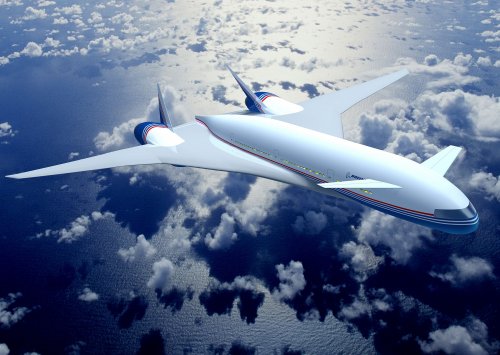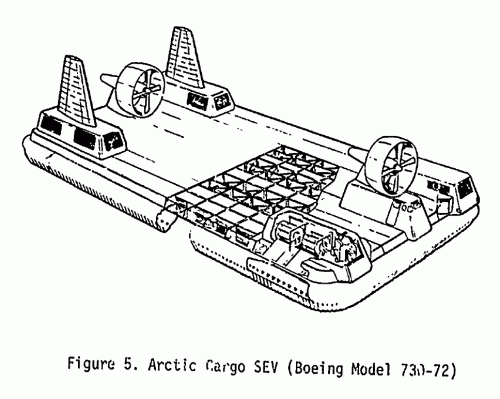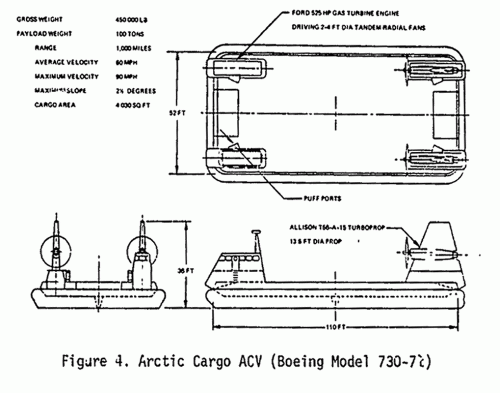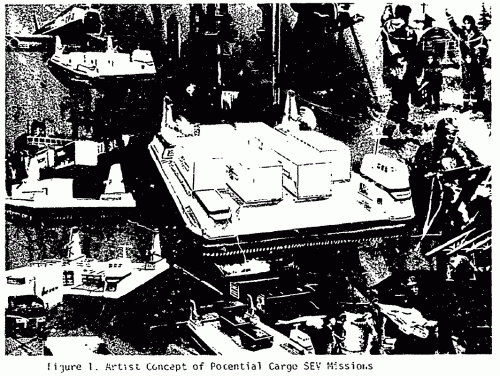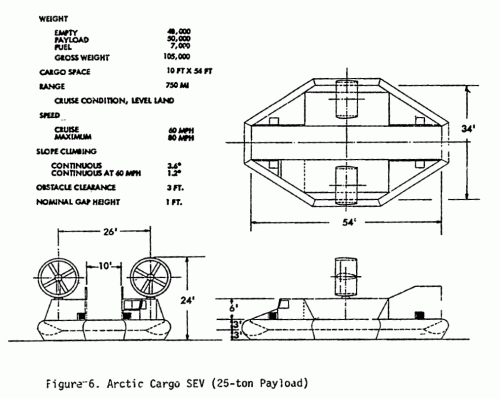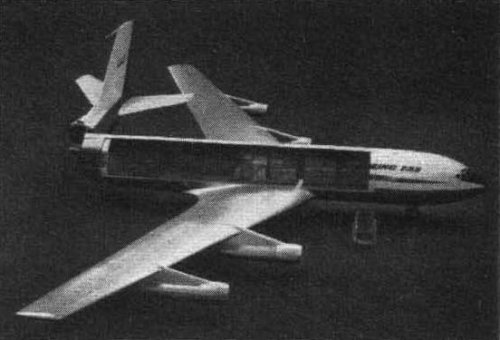- Joined
- 26 May 2006
- Messages
- 34,904
- Reaction score
- 15,778
From USA,
Boeing-777 (ORIGINAL DESIGN) :a three engined version of B-767-200
but no buyer killed the project.
Projects to Boeing from 1970s,
Boeing 7N7 was twin jet engined medium range transport airliner,Boeing
7X7 was larger project as three turbofans engines airliner and Boeing 7S7
was a new variant of 7N7 with wider-aisle cabin and 180-seat airliner.
Boeing-777 (ORIGINAL DESIGN) :a three engined version of B-767-200
but no buyer killed the project.
Projects to Boeing from 1970s,
Boeing 7N7 was twin jet engined medium range transport airliner,Boeing
7X7 was larger project as three turbofans engines airliner and Boeing 7S7
was a new variant of 7N7 with wider-aisle cabin and 180-seat airliner.

